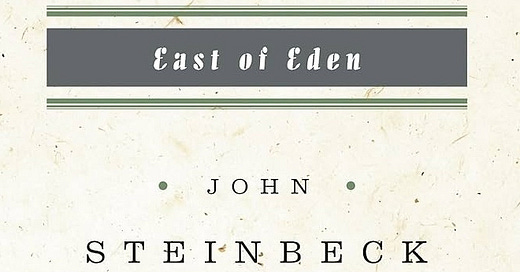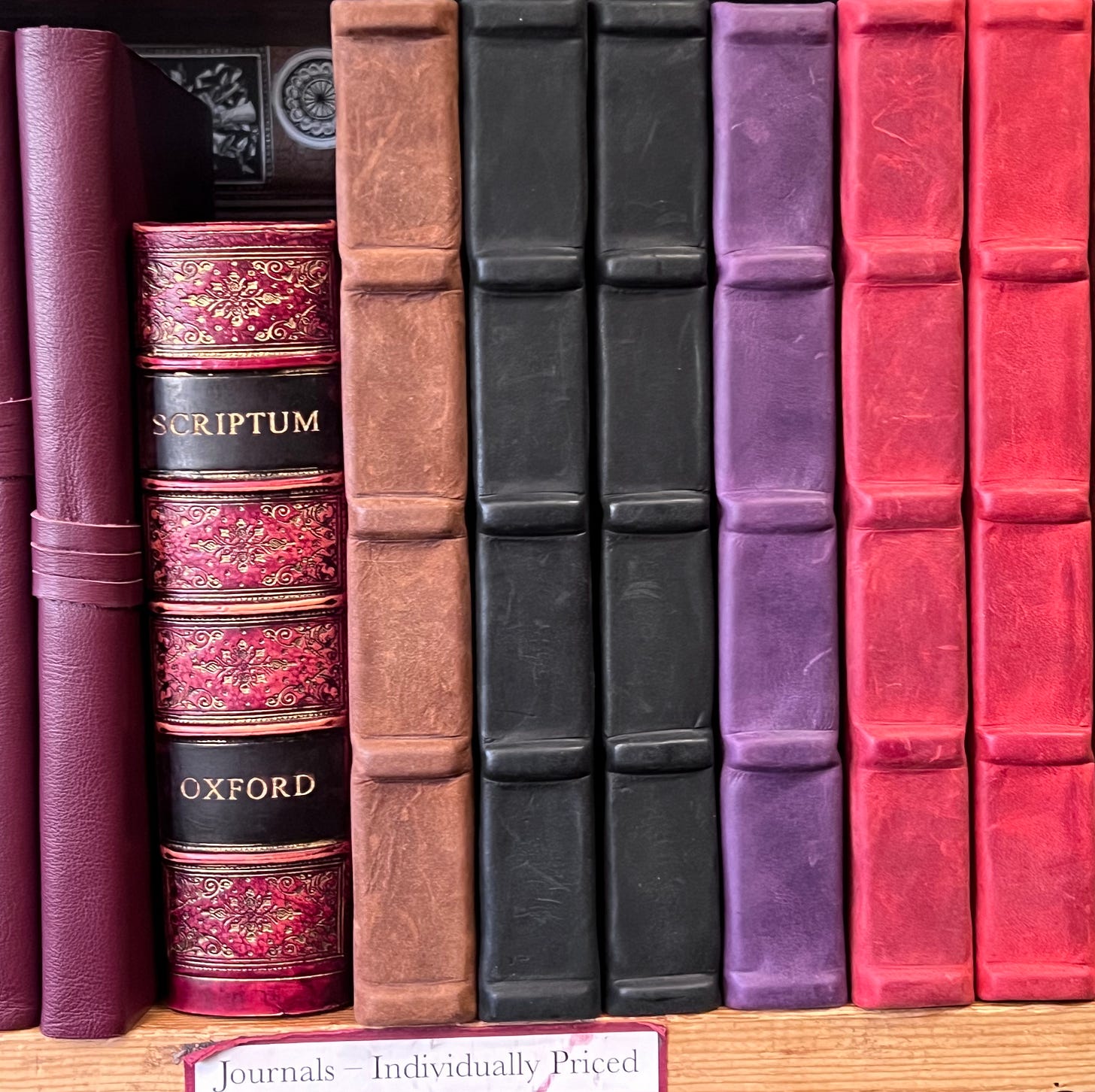Book Reviews #1 – East of Eden
East of Eden Review: Exploring Steinbeck's Timeless Tale of Good and Evil
I heard a compelling compliment about The Grapes of Wrath and was afraid of reading it and being disappointed. One day, after not getting the “oh, I want to wake up and read the next chapter!” feeling from Annie Ernaux’s Empty Cupboards (I enjoyed the book, by the way, but the timing of reading it was wrong), J.D. Salinger’s Franny and Zooey (simply not for me), and stopping Cortázar’s story collection after giving the first two stories a chance, yawning with half-open eyes in despair, and thinking, “Will my book choices be cursed for a while?” I started going through my booklist Excel sheet. Thankfully, East of Eden sounded right. I didn’t even realize it was written by the author of The Grapes of Wrath, John Steinbeck. Now, after reading it, I’m relieved that I’ll be reading The Grapes of Wrath without hesitation.
I was skeptical for the first 40-50 pages, but I kept reading with a bit of a “meh” feeling. I didn’t want to push myself so hard to read as I did with Franny and Zooey, so I wouldn’t get my "intellectual beauty receiver" blocked again.
Anyway, back to the point. One day, after reading 90 pages of East of Eden (because the beginning of it is mostly about Salinas Valley and quite descriptive; although I enjoyed it, it needed some emotional and time investment, but it was worth it) I finally started to feel those little butterflies in my stomach, the feeling of finding another one like Martin Eden again. An interesting coincidence that both books have the word “Eden” in their titles.
I liked the book because of three main reasons: flow, structure, and the characters’ depth. Steinbeck’s writing flows smoothly, weaving the stories together seamlessly and without confusion, featuring beautifully crafted sentences worth highlighting. The beginning of the book is quite descriptive about Salinas Valley’s history. Some people find it wordy, but for me, it blends well, and I wouldn’t have wanted it to be shorter. It felt to me that this information was necessary. Also, Steinbeck has a unique way of telling the story. He calmly plants little clues, sometimes even revealing outcomes before they happen. This approach keeps you wondering how the details unfold, making it feel like you’re solving a puzzle. The way Cathy Ames is introduced was stunning; I was so engrossed in reading, I wasn’t even aware of what was happening in my surroundings while reading about her.
Every character has a visualizable, specific identity. That’s something I always look for while reading.
It is like discovering a new person, and Steinbeck creates distinctiveness incredibly well through the dialogue. You feel like you're reading different people talking; it isn’t pushy, nor does it feel like it all came from one person’s imagination.
On the last few pages, I was excited to finish yet simultaneously sad to reach the last page so soon. I didn’t want it to end because it felt real. Sometimes I have this feeling of “this story was meant to be this way,” while some stories feel a bit forced by the author.
This one was authentic, original, and real, as it was meant to be: a multigenerational tale in the backdrop of World War I era California, Salinas Valley.
The Abel and Cain metaphor is the skeleton frame of the book, but the design of the whole thing: the embellishments, the characters introduced, the dynamics between the characters, the pace, the rooms we are in, the families, Cathy…
I would prefer to define the book with Steinbeck’s own words: “Perhaps the greatest story of all—the story of good and evil.” A very well-executed good and evil theme book, with dialogues that make you feel as if you’re witnessing them and everything is happening before your eyes.
I’m now a bit unsure if I did the right thing to read it before Steinbeck’s other novels, as he stated it contains “everything I have been able to learn about my craft or profession in all these years.” I don’t know how it stands among his other works, but it is a great read, and I would like to re-read it.
Final Notes and Points
Page count vs how long it should be: It’s well balanced, neither too short nor too long.
Why would I care?: Because it is written authentically with relatable, realistic characters whose stories intertwine excellently and seamlessly.
For moods: When you want to read about intense, complex, realistic characters and stories.
Not for moods: When you want a pass-time, very enjoyable, page-turner, or a lightweight story. I don’t think this is a “beach read” kind of book. This is kind of a "hazy morning with coffee in the study" book.
When to read?: It’s a “read between October - February” book for me.
Pace: 5/5
Characters’ depth: 5/5
Narration: 5/5
Meaningfulness: 5/5
Universe Creation - Authenticity: 5/5
Universe Creation - Effort: 5/5
Dialogues: 5/5







"On the last few pages, I was excited to finish yet simultaneously sad to reach the last page so soon. I didn’t want it to end because it felt real."
Yes. This is what the best stories do. Definitely resonated with this statement about the T.V. show Arcane.